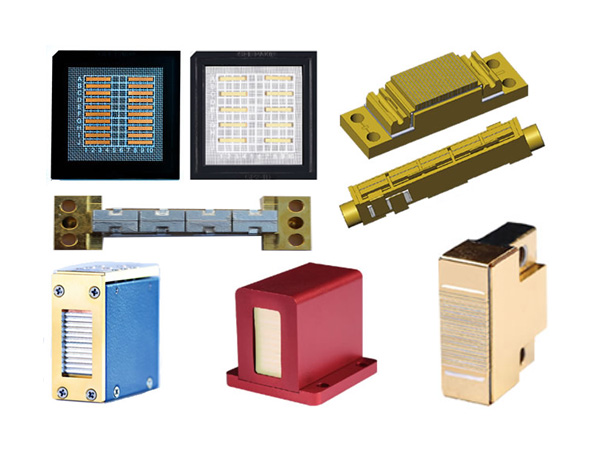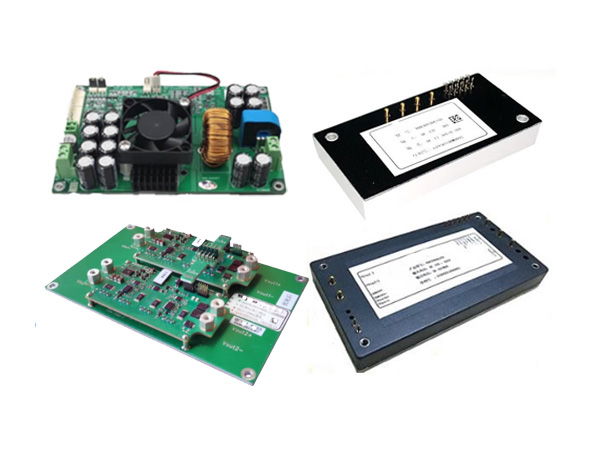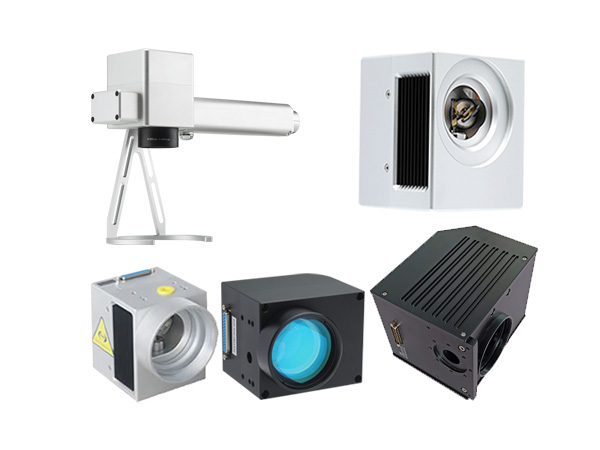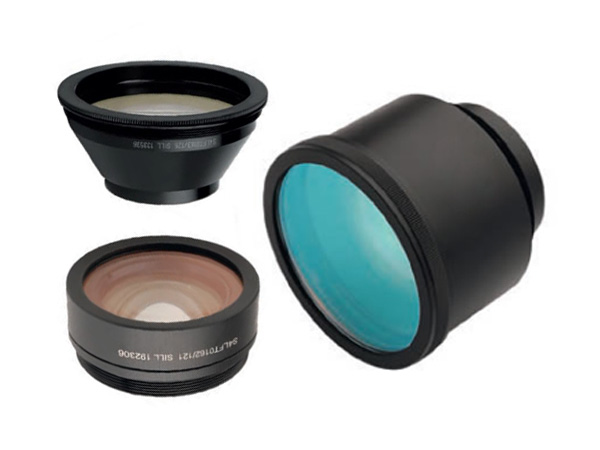How to choose the laser cutting auxiliary gas?
In order to ensure that the combustion is sufficient, does not leave debris or edge burrs, but also in order to protect the oscillator and other accessories, in the laser cutting with auxiliary gases for combustion. To summarize the processing cost and specific working conditions, common auxiliary gases include oxygen, nitrogen, air, argon, etc. The following is a brief analysis of what kind of processing environment each gas is suitable for. The following is a brief analysis of what kind of processing environment each gas is suitable for.
Air
Air is the most basic processing auxiliary gas, except for compression, almost no cost. We know that the main component of air is 78% nitrogen, 21% oxygen, and some other gases, oxygen concentration is not too high, can make the cutting surface is not easy to blacken. And through the compression of air, you can safely control the pressure, flow and airflow quality, so as to adjust the processing effect in time. However, air machining does not have the additional acceleration effect, nor does it have the ability to protect the cutting surface.
Air has the widest range of applications, and can be used on metallic materials such as carbon steel, stainless steel and aluminum alloys, as well as non-metallic materials such as wood and acrylic. In addition to this, the risk factor of using compressed air is relatively low.
Oxygen
Oxygen is suitable for use as an aid in metal processing. A sufficient supply of oxygen also has a combustion effect, resulting in a fuller burn at the point of machining, increasing efficiency and making it one of the fastest of all auxiliary gases. The use of high flow rates of oxygen can help to free the residue from the metal material, thus alleviating slagging and blackening problems.
Oxygen can be considered as an aid for carbon and low alloy steel materials, as well as for thicker plate processing, or when quality and surface requirements are not as high. Of course, in the use of high-concentration oxygen, should pay attention to its safety issues, when used gently, away from fire and laser heat source.
Nitrogen
Nitrogen-assisted machining also has some special advantages. Nitrogen prevents oxidizing reactions and blows away melted material, maintains relative cooling of the workpiece, and keeps the cutting surface as smooth as new for better cut quality.
Nitrogen processing is more suitable for stainless steel and other materials cutting. However, it should be noted that nitrogen needs to be produced by industrial nitrogen generator, nitrogen storage is more inconvenient than oxygen, while the amount of nitrogen per unit of time is usually greater than oxygen, which makes the comprehensive cost of nitrogen processing may be higher.
Inert Gases
Inert gas can be thought of as an enhanced version of nitrogen assist, which is more inert and helps to protect the appearance of the cut and also helps to minimize the heat affected area. However, inert gases are inherently difficult and costly to prepare, and are generally used in the processing of specialty materials such as titanium alloys and copper.
For laser processing, the choice of which auxiliary gas should be considered not only in terms of processing effect, but also in terms of processing speed, consumption cost, safety and other factors, to comprehensively select the most suitable auxiliary gas.
 English
English Français
Français Deutsch
Deutsch euskara
euskara Русский язык
Русский язык Italiano
Italiano Português
Português Nederlands
Nederlands Polski
Polski Greek
Greek Lietuva
Lietuva Türkçe
Türkçe 日本語
日本語 한어
한어 中文
中文 தாமில்
தாமில் فارسی
فارسی हिंदी
हिंदी Tiếng Việt
Tiếng Việt ภาษาไทย
ภาษาไทย Pilipino
Pilipino Indonesia
Indonesia தாமில்
தாமில்





